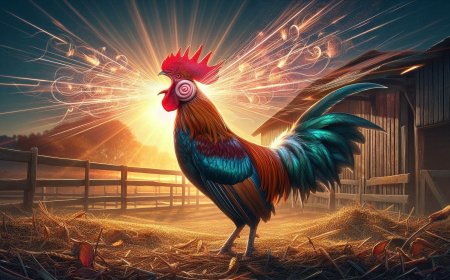25 fun facts about Rhinoceroses
Discover 25 fun and fascinating facts about rhinoceroses, including their behavior, species, habitat, speed, horns, and more. A must-read for wildlife lovers and curious minds!

What's Your Reaction?






































































































